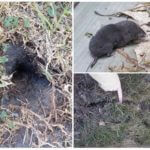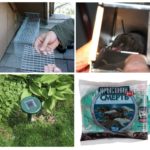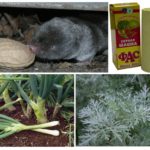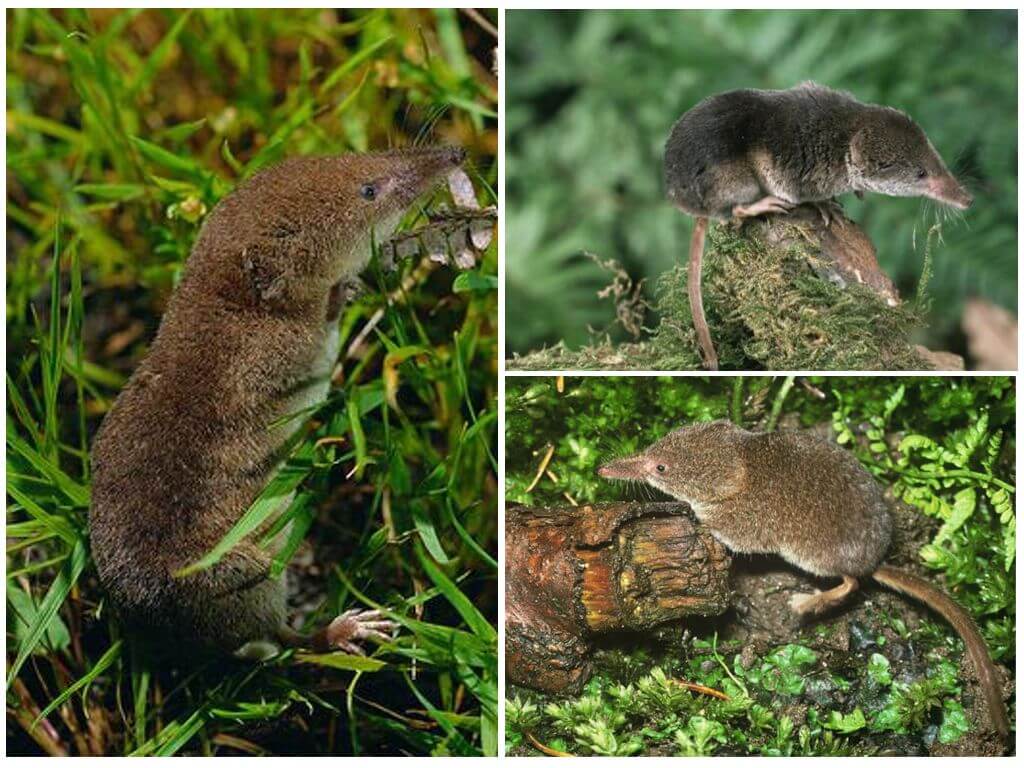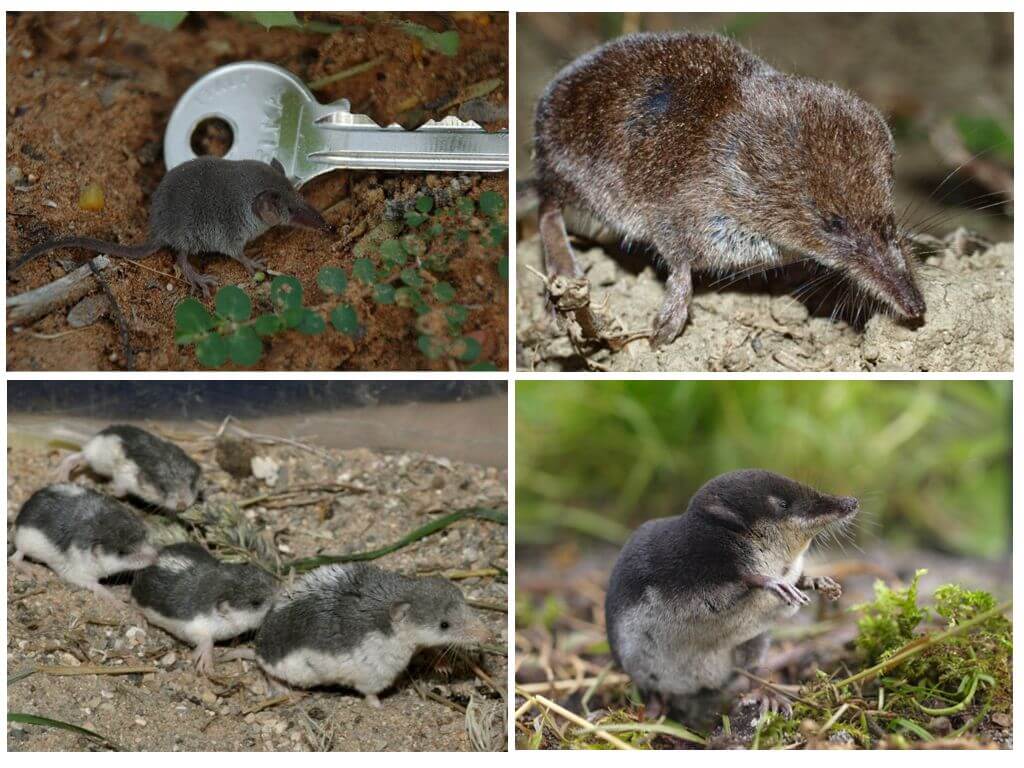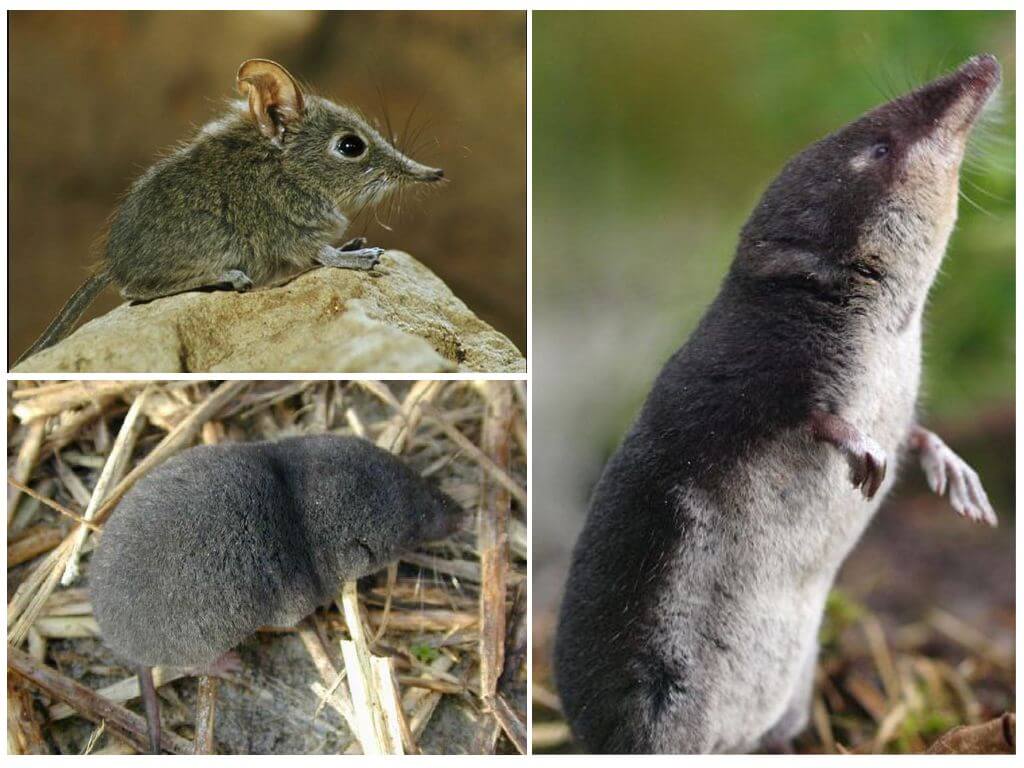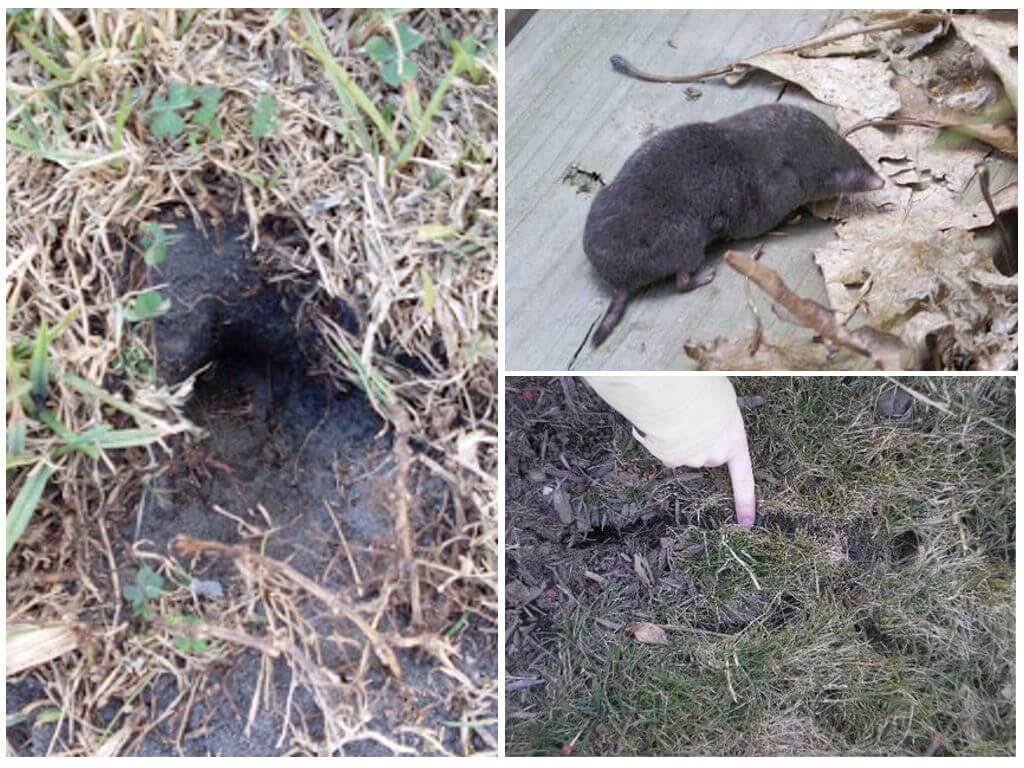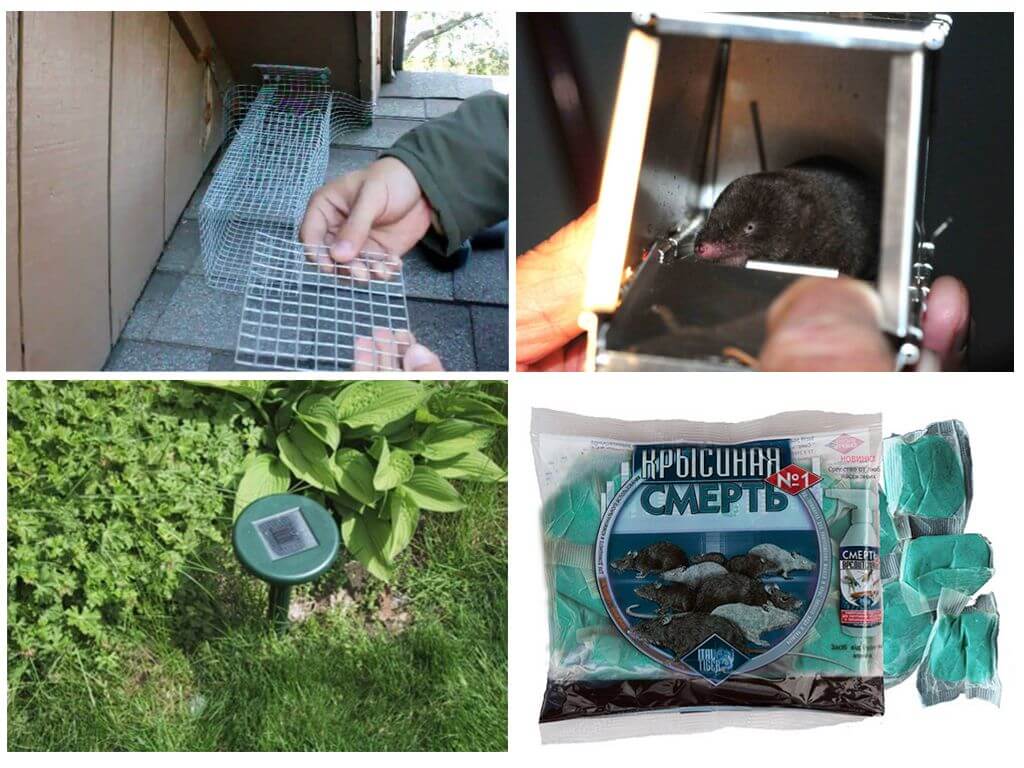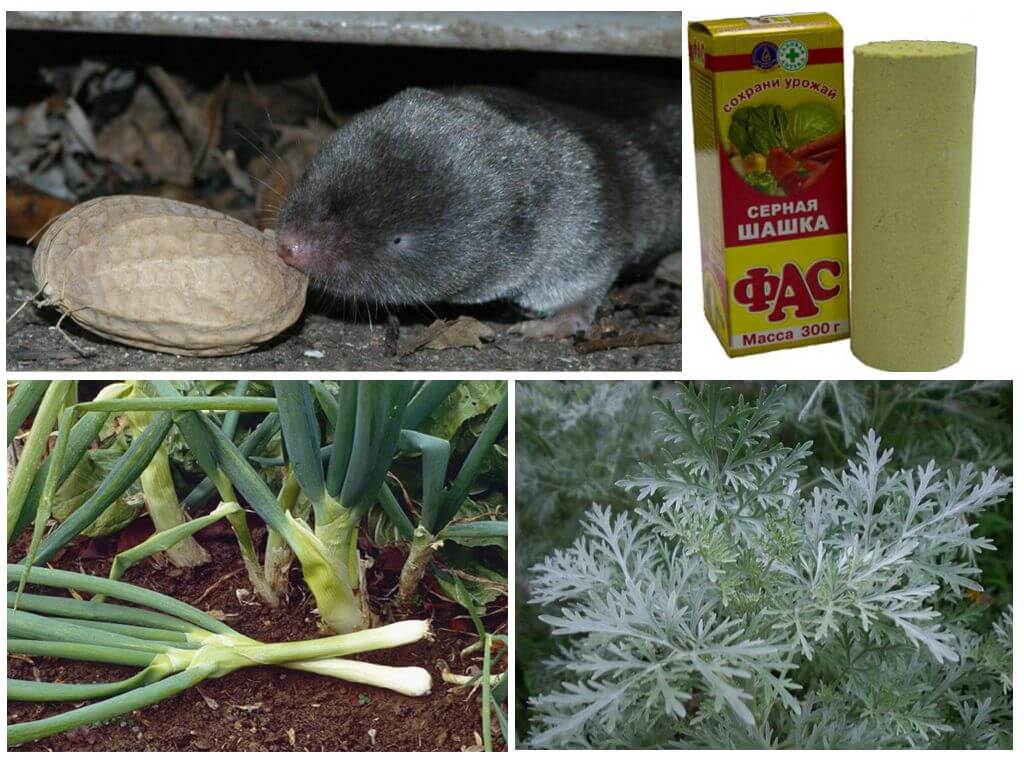How to get rid of shrews in the area, the most effective way
Content
- Shrew Appearance
- Shrew species
- Shrew
- Burrows and shrew moves
- Rodent control
- Means for the expulsion of the rodent from the site
Shrews are the smallest land mammals in the world, but in the garden they can cause enormous damage by destroying beneficial insects and digging up all the beds. Therefore, it is necessary to fight with a shrew in the garden rather quickly, until it multiplies in large quantities.
Description and biological characteristics
According to historical data, these mammals were brought to Europe by ship. Over the past centuries, shrews have spread across almost the entire globe, except for the northern polar zones, Australia and South America. They live in plains and mountain areas, in tropical forests and deserts, prefer places with high humidity and settle closer to the water.
Shrews dig holes and passages up to several meters long, arrange nests in them, as well as in fallen trees, sometimes in buildings erected by man. Often, wormholes are used for their needs.
Shrew - an animal with a gray-brown fur coat, large head, belongs to the order of insectivorous mammals. The average size is 5-7 cm, some species grow to 18-20 cm. From a distance it looks like field mouseThe only difference is in the more elongated ellipsoid shape of the head and thick tail. These photos and descriptions show that her muzzle is longer than that of a mouse, and her nose looks like a proboscis. Main food mice with a long nose is an:
- insects and their larvae;
- earthworms;
- frogs and lizards;
- juvenile voles and other small rodents.
Mouse lifespan - up to 1.5 years. Their distinctive feature is high fecundity. Females enter the childbearing age as early as 1-2 months and are capable of bringing 2-4 offspring annually, each with 10-14 young, which are born completely naked and blind. Breed mouse very active. Taking this into account, when detecting pests in his garden, each owner will think about how to get rid of shrews on the site in the fastest way.
Interesting!
Mother shrews periodically change the placement of their babies. When moving to another nest, the mother goes first, and the rest of the little ones, clinging to the tail in front of the standing mother or baby,.
On the territory of Russia on the summer cottages there are several types of these animals:
- dwarf polytiter or white-toothed shrew, differ in tooth color;
- the shrew is the smallest animal in the family of shrews 3-5 cm in size with light brown hair;
- Putok - live in the Caspian zone and Kazakhstan in semi-deserts and deserts;
- curators or water melts are semi-aquatic mammals with a black or brown back and a bright belly, distinguished by characteristic features of the body structure intended for aquatic life.
Benefit and harm from shrews
Due to the high-intensity metabolism, shrews are forced to obtain food around the clock. The constant feeling of hunger causes the animal to eat prey in an amount exceeding its weight almost 2 times. Therefore, he almost does not have time to sleep, but the number of meals per day can go up to 80 times.
Having settled in a certain area, the shrew in the garden gnaws down the roots of plants, eats root crops, makes moves among green lawns. By eating various pests, such as the polar bear, slugs, Cockchafer, leaf beetles, weevils, caterpillars, etc., the animal benefits for planting. However, at the same time it can destroy beneficial insects.
For humans, this mammal does not pose any danger. Some scientists believe that sharks in the country help to improve soil aeration. However, a couple of days they are able to completely dig up all the beds, destroying flowers, grass and vegetables. The owner of the garden will never like this, and he will think about how to remove these pests who have settled in the summer cottage.
Interesting!
Shrews are looking for food, focusing on the scent and touch, but some species of shrews also have the ability to echolocation.There are also poisonous species of these mammals that live in Russia and North America: the short-tailed shrew and the aquatic chutor.
How to detect the presence of a shrew
The first signs of the appearance of a shrew — dug underground tunnels and heaps of dug-up earth — gardeners can confuse with mole or dug field mice. Each animal has its own plot size of 30-50 square meters. m and lives alone, not allowing neighbors to their territory. If there is a greenhouse on the plot, the shrew will definitely visit it, having penetrated inside through the underground passages.
To make sure that it was shrews that settled on the site, they need to be seen, but it is very difficult to do this because of their size. Their minks are very small, and their nests are located either in burrows or in old trees. The bottom of them is covered with grass and foliage for insulation. Burrows and underground labyrinths have a smaller diameter compared to mole tracks.
On a note!
If, in a garden plot, in addition to the dug-out earth, damage to tubers is found, the roots of garden crops or trees are gnawed, then the culprit cannot be a shrew because she does not eat plants.
How to deal with shrews
It should be immediately clarified that the appearance of these mammals in the garden or suburban area cannot be prevented: no fences will save, because they are moved only by underground passages and may come unexpectedly. Fighting shrews can be done in several ways:
- The use of chemical poisons is the most effective way, although it is inhumane, but it helps to radically get rid of such pests. These are the drugs: Rat death, Nutcracker, Hunter anti-rodent and any chemical poisons intended for small rodents, which are laid out near the entrance to the holes. The composition of such funds include toxic substances that cause paralysis of the respiratory system or internal bleeding, because of which animals quickly die.
- To get rid of folk remedies will help the various methods accumulated by experience from previous centuries that do not require large financial expenditures.
- Mechanical methods of control: setting traps and traps with bait will destroy the proliferating pests.
- The installation of ultrasonic repellers is a simple method by which ultrasound at low frequencies (up to 400 Hz) can be driven out from the territory of the site not only shrews, but also moles, mice and other pests.Such electronic devices are powered by electricity or batteries, and there are also models that are recharged from solar energy in the daytime.
Folk methods
For many years, gardeners and owners of summer and country plots have tried various folk remedies for shrews:
- Planting sharp-smelling plants throughout the site (wormwood, mint, lentils, imperial grouse and legumes) or sprinkling substances with an unpleasant smell near the burrows (naphthalene, kerosene, rotten fish);
- a rather simple method is to pour water into the holes found from a hose or a 10-liter bucket, as well as kerosene or diesel fuel;
- the use of gas bombs, smoke bombs or poisonous gas - pests flee;
- the use of reagents with a strong odor: Pomethanol, Ekara, Creatola, etc., however, this method is not recommended to be applied near fruit trees;
- installation of mechanical self-made scarers with sharp sound: tin turntables, cut plastic bottles on a stick up to 1 m in height, with gusts of wind they make sounds that are afraid of pests that will force them to leave the territory;
- application ultrasonic repeller;
- to protect against the penetration of shrews from neighbors, digging in sheets of iron or slate around the perimeter of the site to a depth of 1-1.5 m;
- planting between the beds in the garden of onions and garlic, the scent of which does not tolerate such pests;
- Inside the hole you can lay a bunch of hemp: it begins to rot and emit a characteristic odor that will cause animals to leave the site.
Important!
If the shrew accidentally ran inside the house, then it is not necessary to touch it. After some time, she herself will break free, because in the premises they do not settle.
Despite all the above methods of dealing with shrews, after some time, if you do not take protective noise and other measures, they can come to visit again, which will become noticeable in the pile of excavated land in the middle of the garden, lawn and bare roots.




